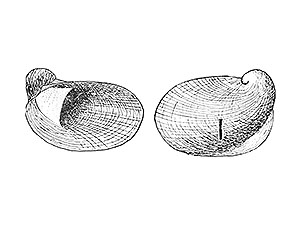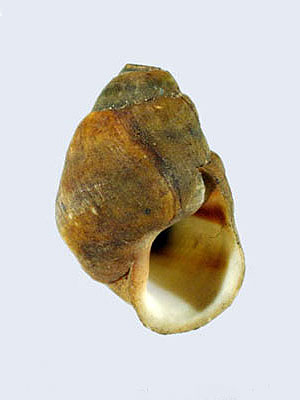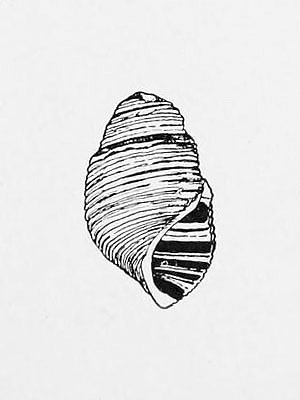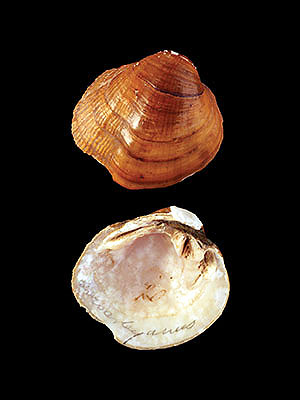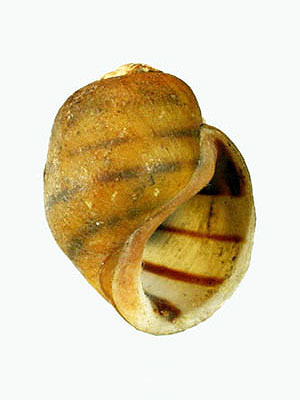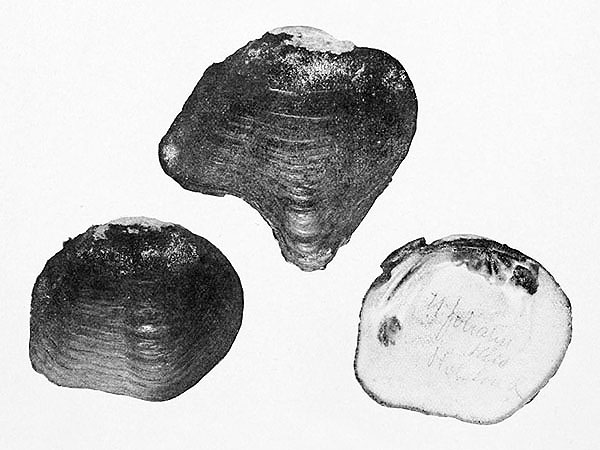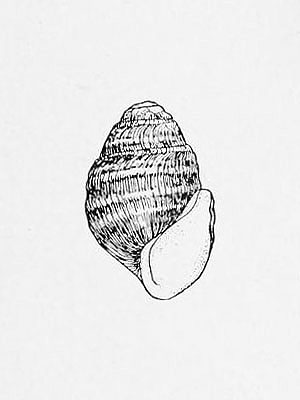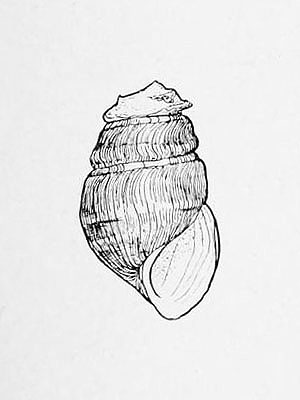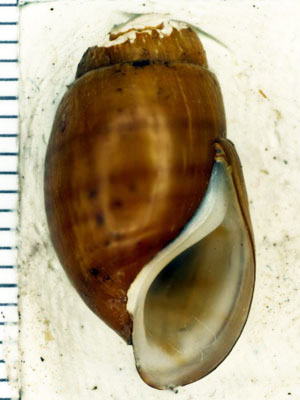Upland Combshell (Epioblasma metastriata)
The upland scallop lived in shallow areas including the Black Warrior and Cahaba rivers in Alabama and the Coosa River basin in Alabama, Georgia and Tennessee, USA.
The shell of the species reached a width of up to 6 cm.
The last living specimen of this species was collected from the Conasauga River in Georgia in 1988.
***
syn. Dysnomia metastriata Conrad
*********************
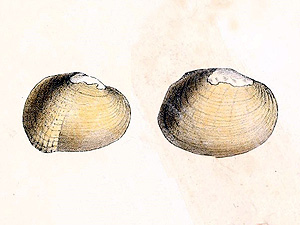
(public domain)
*********************
edited: 29.07.2012

